Description
EarthQuaker Guitar Pedals are fresh in, this is a New one & the Just Pedals team think it is a very nice one too. Good news ! This can be delivered straight to your door, quickly and securely, anywhere in the UK & Europe. For more info on this New Guitar Pedals, please read on for full details, demos, videos, reviews and order online.
The Avalanche V2 transcends the delay category. In typical EarthQuaker fashion, it offers a wealth of controls and parameters that can be tweaked and interwoven to create complex and abstract textures, the likes of which are hard to find anywhere else.
Offering three distinct modes – Norma, Reverse and Swell – it boasts improved stereo imaging and a more complex algorithm than its predecessor, tap tempo, expression input and much more. This really is the peak (excuse the pun) of digital & abstract delay effects!
Key Features:
- Normal Mode – straight up delay and reverb, with up to 2 seconds of delay time to play with.
- Reverse Mode – as the name suggests, the delay signal is reversed to create abstract ambient sounds.
- Swell Mode – adds a volume swell that responds to the attack of your input signal.
- Controls: Time, Repeats, Tone, Mix, Decay, Ratio, Expression
- Improved algorithm and stereo imaging
- Tap tempo
- Expression Input
- True bypass circuitry
- Top-mounted jacks for convenience
Here's what EarthQuaker have to say about the Avalanche Run V2:
The Avalanche Run was developed with one goal in mind: to take the floating ambient tones of our Dispatch Master to the next level while still keeping it user friendly and refined. Taking you into the aural exploratorium without having to break open the user manual every time you want to open up your inner eye and get free is no easy task. We are using a high powered proprietary DSP platform to recreate all the characteristics of all our old favorite delay and reverb machines while still retaining a simple, yet flexible workspace.
- Stereo reverb and delay
- V2 features an updated algorithm for an even better stereo image
- 3 delay modes and tap tempo – Normal, Reverse and Swell
- Expression input – For hands-free control over pedal parameters
- True bypass – Silent soft-touch switching
- Analog dry-through
- Top-mounted jacks – for effortless pedalboard implementation
The Avalanche Run is a dreamy sonic discovery device with up to 2 seconds of delay time and a lush reverb. It features complete control over delay time, repeats, mix and voice (with the tone control), as well as control over the reverb length and mix. It can run in one of 3 different modes: Normal, Reverse and Swell.
In Normal mode, the Avalanche Run functions as a straightforward delay and reverb. In Reverse mode, the delay line is in reverse and the reverb remains in normal mode. In Swell mode, the Avalanche Run reacts to your picking dynamics and adds a volume swell to the entire signal path much like manually raising and lowering the volume of your guitar.
The Avalanche Run features an expression jack that can be assigned to one of six different controls using the EXP selector switch. It also features Tap Tempo with six different ratios accessed via the Ratio selector switch.
The Avalanche Run can also be run in True Bypass mode or Buffered Bypass mode for trails and features 5 different tail lengths including Infinite for lo-fi and continuously degrading pseudo-looping.
The Tap switch also has a few other cool secondary functions. While in Normal and Swell mode, you can send the Avalanche Run into self-oscillation by holding down the Tap footswitch. In Reverse, mode holding down the Tap switch will flip the delay back into Normal mode and return to Reverse mode once released! Each and every Avalanche Run V2 is completely assembled, wired and tested by total human beans in the tiny tundra town of Akron, Ohio.
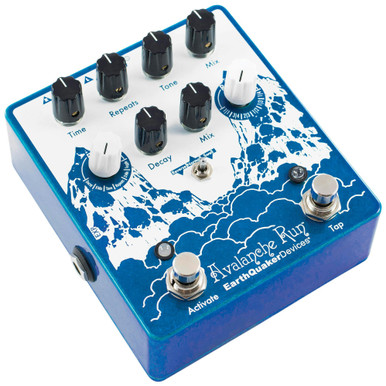
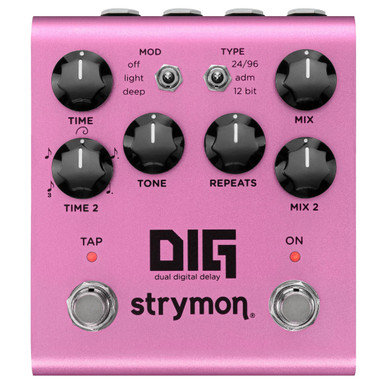
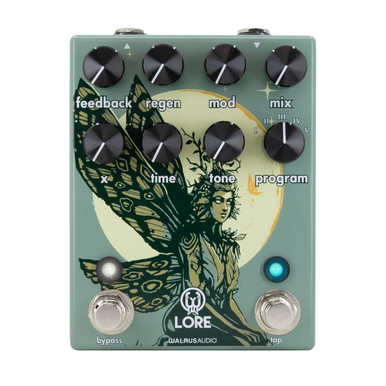
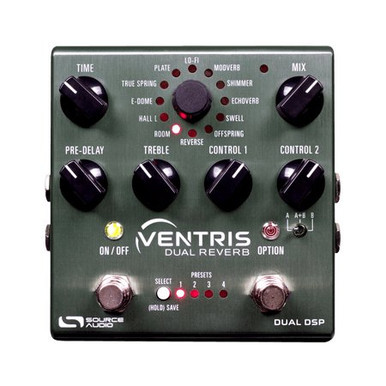

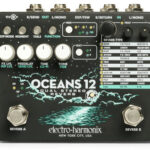
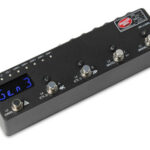

![[3x3 Modes for Versatile Effects]: >> 3 delay modes (Echo, Digital, Vintage) and 3 reverb modes (Hall, Room, Plate) provide 9 unique effect combinations. The DSP restores 6 classic dual-time-domain spatial effects for precise sound control [User-Defi...](https://m.media-amazon.com/images/I/41UTXSm8WjL._SL313_.jpg)


